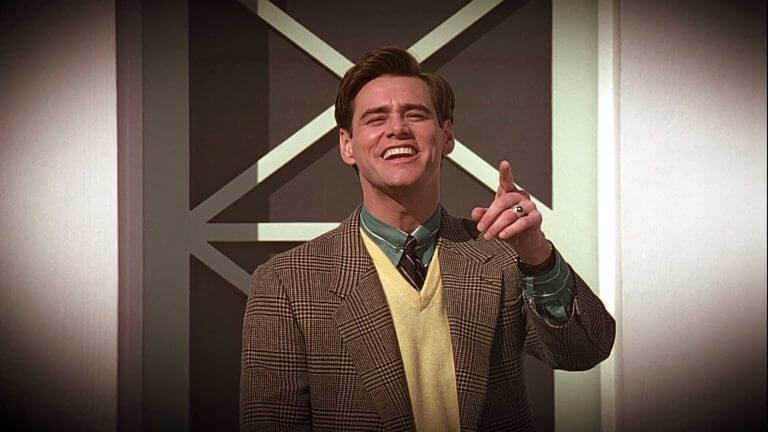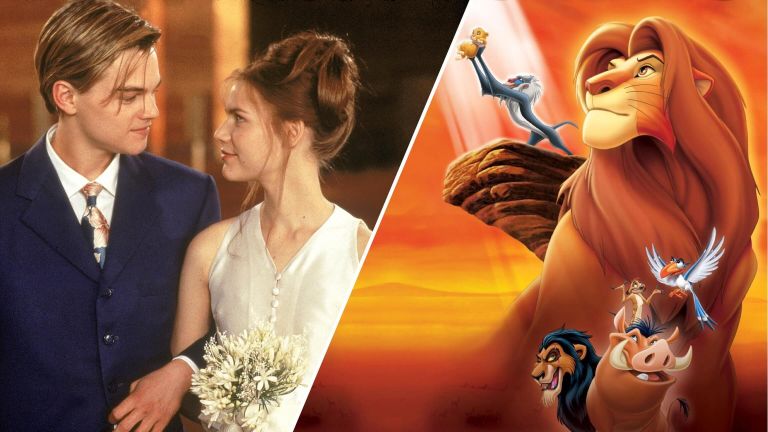What is a foil character? Is it a character who wears tin-foil on their head? Wait no, that’s Joaquin Phoenix in Signs. Foil characters exist to expose something in the main character of a story. You may have heard the term in reference to the works of William Shakespeare, but he’s not the only writer who uses them. We’re going to show you some examples of foil characters from literature, film, and television. By the end, you’ll know how to recognize foils from a mile away and perhaps hatch an idea for your own foil character.Continue reading What is a…
We’ve all heard of irony. We hear phrases like “Isn’t it ironic how…” incessantly. And yet, for all its ubiquity, irony remains a tricky term that gets misused over and over again. Understanding what irony means, and what it doesn’t mean, can allow you to further appreciate its use in storytelling, and apply its lessons to your own writing. So what is irony? And how can we use it?Continue reading What is Irony — Definition, Examples & Types Explained
Dramatic irony is one of the three main types of irony. Like verbal and situational irony, dramatic irony is an integral element of storytelling. The power a writer or director can yield with a firm grasp of dramatic irony is huge. But what is dramatic irony and how does it work?In this article, we’re going to define dramatic irony. We will also discuss the stages of dramatic irony and a subtype called tragic irony. By the end, you'll know how to implement dramatic irony in your own works.Continue reading What is Dramatic Irony? Definition and Examples
Dramatic irony requires time to work effectively. And, in the best examples, dramatic irony unfolds over the course of minutes, an hour, or even the entire film. Similar to a three-act structure, there are stages to how it works. What are the stages of dramatic irony? We'll answer that with examples from classic movies so that you'll know how to use it in your own screenplays.Continue reading What Are The Stages of Dramatic Irony? Examples for Screenwriters
Dramatic irony gives the audience more information than the character. It is a powerful type of irony built for suspense, but, in many cases things turn out OK in the end. That's not the case with tragic irony — as the name suggests, things don't turn out OK at all! Let's take a look at how it can give your script a healthy dose of tragedy. Continue reading What is Tragic Irony? Definition and Examples for Screenwriters














